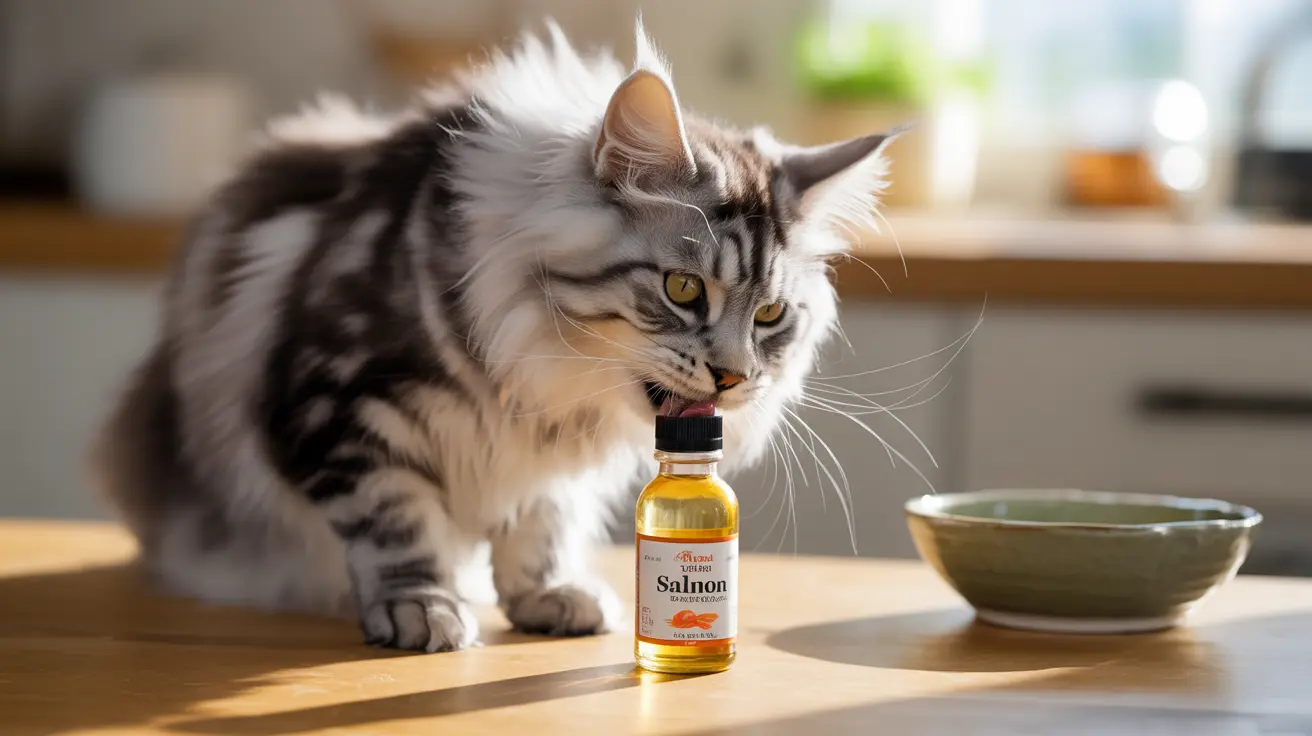Puerto Rico's unique biodiversity faces unprecedented challenges, with 16 animal species currently listed as threatened, endangered, or at risk for extinction. Despite ongoing conservation efforts across the island, these Puerto Rico endangered species continue to struggle against mounting pressures from habitat loss, climate change, and human activities.
For pet owners and wildlife enthusiasts, understanding these conservation challenges provides valuable insights into broader ecosystem health and the importance of protecting native wildlife. The fate of Puerto Rico's endangered animals serves as a crucial indicator of environmental stability that affects all species, including our beloved pets who share these ecosystems.
Puerto Rican Parrot Conservation: A Species on the Brink
The Puerto Rican Parrot stands as one of the most critically endangered birds in the world, representing the ongoing struggle to preserve the island's native wildlife. Once numbering in the hundreds of thousands, this iconic species now exists in extremely limited numbers in the wild, primarily within protected forest areas such as El Yunque National Forest, Río Abajo State Forest, and Maricao State Forest.
Conservation programs have implemented comprehensive captive breeding and reintroduction strategies to boost population numbers. These efforts involve careful genetic management and gradual release programs designed to establish sustainable wild populations while maintaining genetic diversity.
Threatened Wildlife in Puerto Rico: Marine and Terrestrial Challenges
Puerto Rico's endangered species span both marine and terrestrial environments, each facing unique conservation challenges. The Leatherback sea turtle Puerto Rico populations encounter threats from coastal development, artificial lighting that disrupts nesting behavior, and marine pollution. These ancient mariners require specific beach conditions for successful reproduction, making habitat protection crucial for their survival.
The Puerto Rican Crested Toad endangered status reflects broader challenges facing the island's amphibian populations. This unique species has benefited from captive breeding programs and strategic reintroduction efforts, demonstrating how targeted conservation can make a measurable difference for critically endangered species.
Climate Change Effects on Puerto Rican Wildlife and Habitat Protection
Climate change significantly impacts Puerto Rico's endangered species through rising sea levels, increased hurricane intensity, and shifting weather patterns. These environmental changes compound existing threats and create new challenges for species already struggling with limited population sizes and restricted habitats.
Habitat protection Puerto Rico initiatives focus on preserving critical ecosystems including coral reefs, mangrove forests, and mountain cloud forests. These diverse habitats support not only endangered species but entire ecological communities that maintain environmental balance across the island.
Invasive Species Impact Puerto Rico: Ecological Disruption
Invasive species present ongoing challenges to native wildlife conservation efforts. Non-native predators, competitors, and disease vectors can dramatically impact vulnerable endangered species populations, often reversing years of careful conservation work. Managing these invasive threats requires constant vigilance and adaptive management strategies.
Puerto Rico wildlife conservation programs address invasive species through monitoring, removal efforts, and public education initiatives that help prevent new introductions while managing existing invasive populations.
Puerto Rico Marine Protected Areas and Coral Restoration
Marine conservation efforts focus on establishing and maintaining protected areas that safeguard critical habitats for endangered marine species. Puerto Rico coral reef restoration projects work to rebuild damaged reef ecosystems that provide essential habitat for numerous threatened species while supporting overall marine biodiversity.
These restoration efforts involve coral transplantation, water quality monitoring, and community engagement programs that promote sustainable fishing and tourism practices. Mangrove conservation Puerto Rico initiatives complement coral restoration by protecting coastal nursery habitats essential for many marine species.
Eco-Tourism Puerto Rico Wildlife: Balancing Conservation and Education
Responsible eco-tourism provides opportunities for wildlife viewing while generating revenue for conservation programs. Properly managed wildlife tourism can raise awareness about endangered species while funding protection efforts, though it requires careful planning to minimize disturbance to sensitive wildlife populations.
Frequently Asked Questions
- What are the main endangered animal species in Puerto Rico, and why are they at risk?
Key endangered species include the Puerto Rican Parrot, Puerto Rican Crested Toad, Leatherback Sea Turtle, and Pillar Coral. They face threats from habitat loss, invasive species, climate change, and human activities such as development and pollution.
- How are conservation programs helping to protect Puerto Rico's endangered wildlife?
Conservation efforts involve captive breeding and reintroduction (e.g., for the Puerto Rican Crested Toad and Parrot), legal protections, habitat restoration (such as coral reefs and mangroves), and designation of critical habitats for species like sea turtles.
- What are the biggest threats to Puerto Rico's endangered species today?
The main threats include habitat destruction due to urbanization and tourism, climate change effects like rising sea levels and hurricanes, invasive species predation and competition, and pollution or overharvesting of marine species.
- Where can I see endangered species like the Puerto Rican Parrot in the wild?
The Puerto Rican Parrot is mainly found in protected forests such as El Yunque National Forest, Río Abajo State Forest, and Maricao State Forest, though population numbers remain very low in the wild.
- How can local communities and individuals support conservation efforts in Puerto Rico?
Support can come through donations to conservation organizations, participating in habitat restoration or species monitoring programs, advocating for sustainable tourism, and supporting policies that protect endangered species and their habitats.
Protecting Puerto Rico's Natural Heritage
The conservation of Puerto Rico's endangered species requires sustained commitment from government agencies, conservation organizations, and local communities. While challenges persist, ongoing protection efforts demonstrate that dedicated conservation work can make a meaningful difference for species on the brink of extinction.
Understanding these conservation efforts helps pet owners appreciate the broader importance of protecting native wildlife and supporting ecosystem health. By learning about endangered species conservation, we develop greater awareness of our responsibility to protect all animals, whether wild or domestic, that share our island home.






